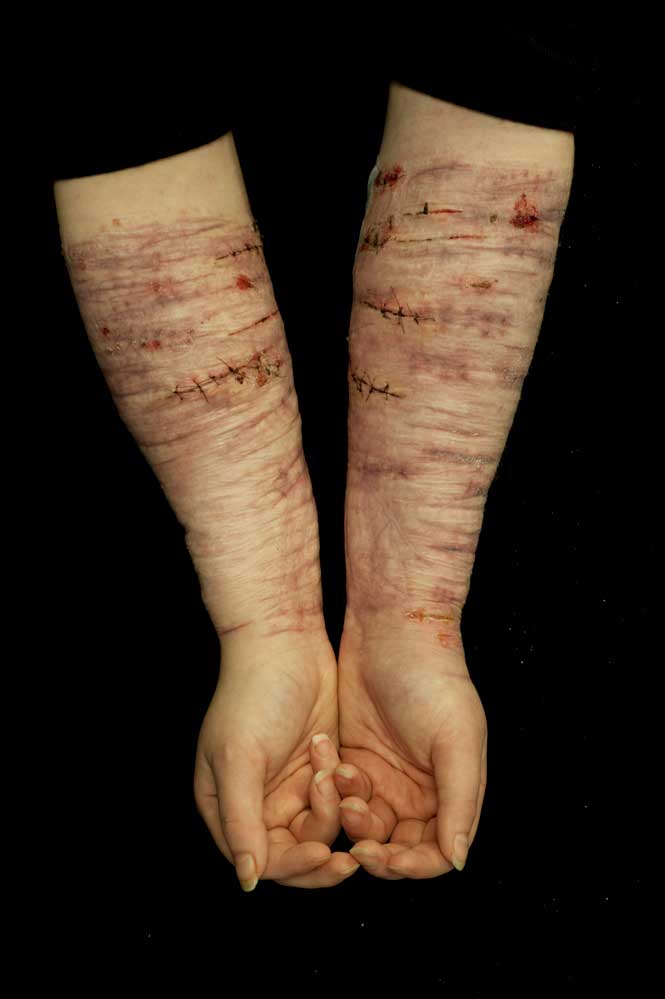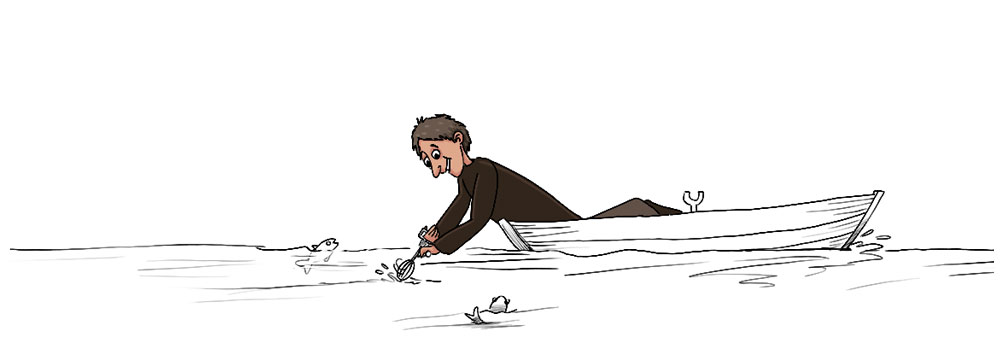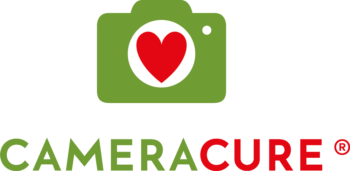Task 44 – Make sores into scars
Task 44
Make sores into scars

Oslo, Norway, 2009. Photo: Torkil Færø
Problem
Picking at the wounds
An open wound has to be left alone. Otherwise it won’t heal with the danger that there could be chronic infection and a bigger scar than necessary. That is how it is with both bodily and psychic wounds. If we continue to recall memories about painful experiences, the connections in our brain to them will be strengthened. Often, I make sick calls at homes that are full of memories connected to dead spouses and children that died all too soon. There is absolutely a time and a place to remember them, but it can be difficult to move on with life when the dead take up so much space.
Even without external images that remind us about the traumas, our brain’s inner pic- tures will revolve around the memories of the experience. At the emergency room I do many suicide assessments. Altogether I have met hundreds of people who consider committing suicide as a good alternative to end what is bothering them. It has made a deep impression on me. Often, they tell me that episodes from being bullied and assaulted and other traumas are played repetitiously in their minds like YouTube videos. They can’t get away from them day or night. It is at a peak when they don’t have anything else to distract them.
When bad experiences are stuck in this way it is vital to focus on something else. The camera can be used therapeutically for us to direct our eyes towards something vitalizing and healing, at least for a little while. That is part of the reasons so many photographers I have met say they use photography as therapy. They have used pictures as self-medication instead of pills.
Previously, the focus was on post-traumatic stress. In recent years, it has become better known that you can become strong from the greatest difficulties in something called post-traumatic growth. I think it is important to spread the knowledge that a big trauma also can lead to something good. If this applies to you, the book suggestions in this task will be especially useful.
On a scale of 1 to 6, how relevant is this issue for you?:

Solution
Accepting scars and lifting our sights
Photography can be a good form of art therapy, particularly for traumatized people. Art therapy has become quite common in psychiatry, especially in the form of painting. However, this is not completely unproblematic. Memories can be amplified and made visual and thus the torment from trauma can be made worse. I have made house calls at several homes that had such pictures on the wall and experienced the somber effect. Post-traumatic growth can be hindered by reminding oneself of the problems in this way. If someone is going to paint such disturbing pictures, maybe it is best for them to burn them afterwards as a cathartic process?
In photography, on the other hand, we turn our gaze away from the open wounds. All of our attention is automatically pointed towards the taking of photographs. In the long run, this can contribute to the healing of wounds although the scars will be there forever. So, we must learn to accept them. That can be difficult to do, but there will be more difficulties for us if we are not able to accept them because we then can’t move on. We also have to manage to for- give those who have inflicted harm on us. Not for their sake but for our own. Only then can we take back power over our own lives and put the foundation down for post-traumatic growth.
Even if you have never experienced serious trauma, you can probably imagine what it feels like. Imagine that you have become terminally ill, lost your job or someone close to you. This is called pre-traumatic growth. Of course, the effect is not as strong as experiencing real trauma, but this exercise can you give you some perspectives that make it easier for you to prioritize what is most important in your life, the essence of post traumatic growth.
PHOTO ASSIGNMENT:
Everyone has their traumas. What are yours?
Try to recall some traumatic episodes before going out to take photos, and notice how difficult it is to think about them while concentrating deeply on taking a good picture.
On a scale of 1 to 6, how useful was this task for you?:
BOOK SUGGESTION 1: What Doesn’t Kill Us by Stephen Joseph
BOOK SUGGESTION 2: The Posttraumatic Growth Workbook by Richard Tedeschi

❞ Because our minds can generally concentrate on only one thing at a time, focusing on art will distract us from pain.
Tobi Zausner
❞ The most important learning experiences in human life are trage- dies, death and other traumas that force people to take new perspectives on life.
Abraham Maslow
❞ The wound is the place where light enters you.
Rumi
❞ Turn your wounds into wisdom.
Oprah Winfrey
[note_editor]

